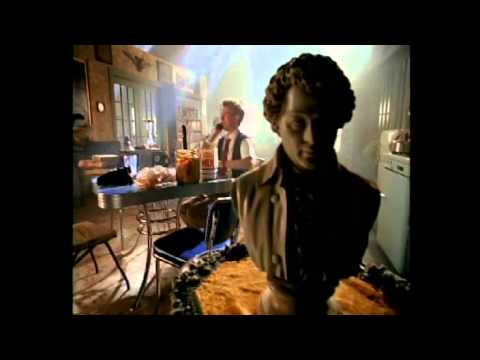The Blog
The Got Milk? Campaign & Effective Health Communication

By Dr. Mike Mackert, Director of the University of Texas at Austin Center for Health Communication
I’ve been working in health communication research and practice for more than 15 years, and I now serve as the Director of the University of Texas at Austin Center for Health Communication. There are few things I enjoy more than working with those in public health and health promotion to focus on how better communication can improve their work.
I think part of that is because my own journey has been quite circuitous – I have a very unused chemistry degree, for example – and I often find that those working in public health realize much as I did how powerful and fun better communication approaches can be.
The goal of our workshop is to provide some basic tools of health communication, particularly drawing from the tools and approaches of advertising. This is something I do in my new book: Designing Effective Health Messages. I’ve spent ten years teaching advertising students how to sell everything from dish soap to cars to life insurance. In my research and practice role, I try to take those exact same tools and develop more effective health communication interventions.
There’s maybe no better example of this than the original Got Milk? campaign. For decades milk had been sold primarily as a health drink. People in ads were often shown having just exercised, then drinking milk afterwards. (Because who doesn’t enjoy chugging a quart of milk after a jog?) The brilliance of that campaign was reframing what they were asking consumers to do. Traditional milk advertising was asking consumers to drink more milk because it was the healthy thing to do. The Got Milk? campaign showed consumers what could happen if they ever ran out of milk: everything else from cookies to cereal to peanut butter and jelly sandwiches would be ruined. “Don’t run out of milk” was a more compelling message, and milk sales in California when the campaign launched when up when the rest of the country continued its downward slide. The rest of the country adopted what was originally a California-based campaign as a result.
That last point is crucial: sales demonstrated the effectiveness of the campaign. Too often those working in public health can focus on “raising awareness” as the goal of their communication efforts. But I would argue that if we aren’t changing behavior, we aren’t doing our jobs. Just as an advertising agency will be fired for a failed campaign, those working in public health and health communication need to have that same kind of focus on contributing to health behavior change.
I’m excited for this workshop, because it’s the vision of the UT Center for Health Communication to improve health through evidence-based communication research. Workshops like this are a chance to share that knowledge and show how it can be translated into more effective messages. See you in the fall!
If you’re hoping to develop effective health communication skills and discover new tools, don’t miss Dr. Mackert’s workshop at the Healthier Texas Summit.
